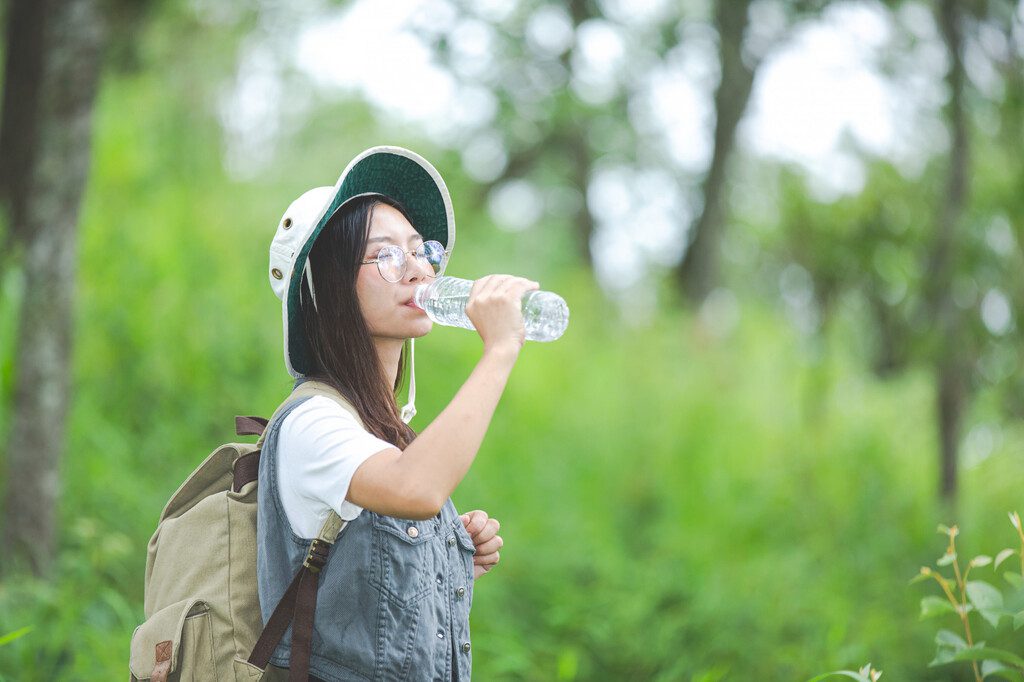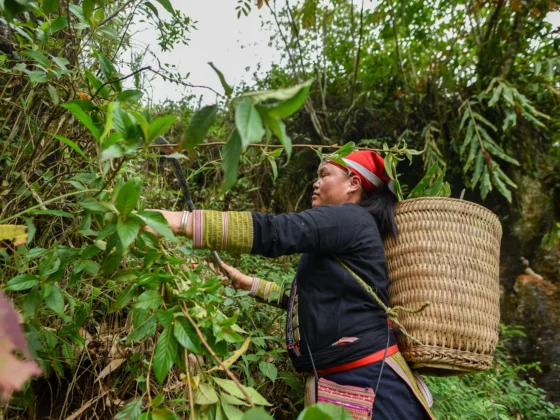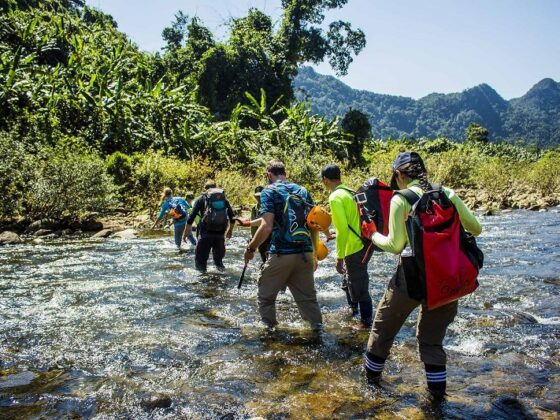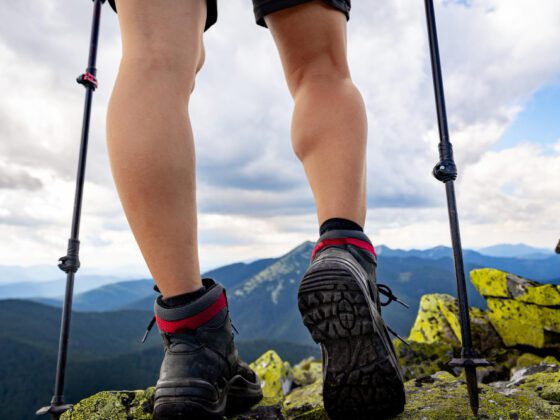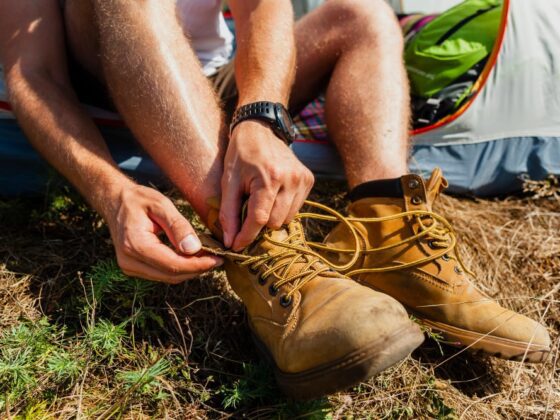Table of Contents Show
✍️ AI is summarizing:
Hiking hydration is essential for a safe and enjoyable outdoor adventure. Ensure you have enough water to replace fluids lost through perspiration and maintain your energy levels throughout the hike.
Related post:
- Unlocking The Power of GPS With ExoTrails App
- Camping Tents: Types, Features, and Choosing the Perfect Option
- Trekking in Vietnam: Adventure Trails in Natural Vietnam
Hiking hydration: stay safe and healthy on the trail

Hiking hydration is essential for a safe and enjoyable outdoor experience. When hiking, staying well-hydrated is crucial, as you lose a significant amount of fluids through sweat. Bringing enough water helps replenish these losses, keeps you alert, and prevents dehydration. However, finding the right balance is important: carrying too much water can weigh you down, while not having enough can lead to discomfort and potential health risks.
The 1L/2H rule: your guide to hiking hydration
As a general rule of thumb, the hiker should aim to drink about 1 liter (32 ounces) of water every two hours while actively hiking. This estimate accounts for factors like temperature, humidity, and body weight, but can be adjusted as needed. The key is to stay hydrated throughout the hike by sipping water regularly rather than waiting until feeling thirsty.
Calculate your hiking hydration needs

To ensure proper hiking hydration, start by estimating the total distance and duration of your hike. If you have a guidebook, it should provide time estimates. Otherwise, calculate the distance and divide it by your typical hiking pace (usually 3-5 kilometers). For example, a 14-kilometer hike taking 3 hours would require about 1.5 liters of water.
Water carrying for hiking hydration
When it comes to carrying water, there are several options to consider. Water bottles are the most convenient, as they can be easily accessed on the outside of the backpack. Hydration packs, with their integrated drinking tubes, also offer a hands-free and continuous hydration solution. However, it’s important to be aware of how much water is left in a hydration pack, as the level can be difficult to gauge.
Refilling and purifying water

For optimal hiking hydration, it’s essential to have the necessary equipment for refilling and purifying water. If you plan to replenish your water supply during your hike, a water filter or purifier is indispensable. This allows you to safely use natural water sources like streams or lakes, extending your hiking range. Knowing the locations of these water sources along your route is also crucial for maintaining adequate hydration.
Staying hydrated in all conditions
Hydration can be particularly tricky in colder weather, as the hoses of hydration packs may freeze. To prevent this, the hiker should consider insulating the hose or keeping the water bottle inside their jacket. Adding electrolyte mixes to the water can also help maintain proper fluid balance.
Conclusion
Hiking hydration is all about being proactive and listening to your body’s needs. Following the guidelines outlined in this article and adjusting your water intake as necessary can ensure a safe and enjoyable hiking experience. Follow our official Facebook page now to receive more interesting information.

